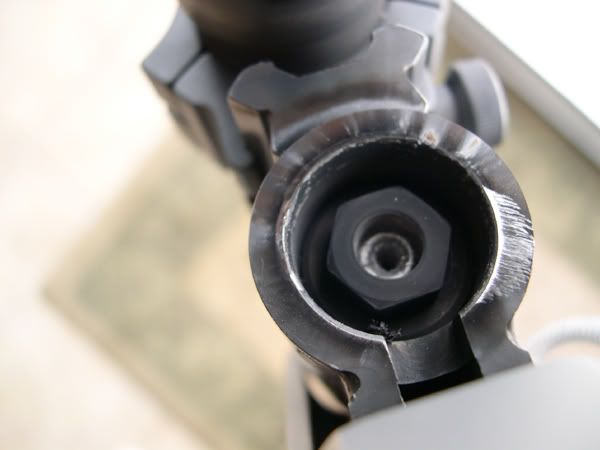I hear talk about blow back.
thats when the primer is hit and lets the powder ignite to push the bullet the pressure blows back correct?
how do I KNOW I have too much. All guns have a little for sure but how do you know if its too much?
thats when the primer is hit and lets the powder ignite to push the bullet the pressure blows back correct?
how do I KNOW I have too much. All guns have a little for sure but how do you know if its too much?






